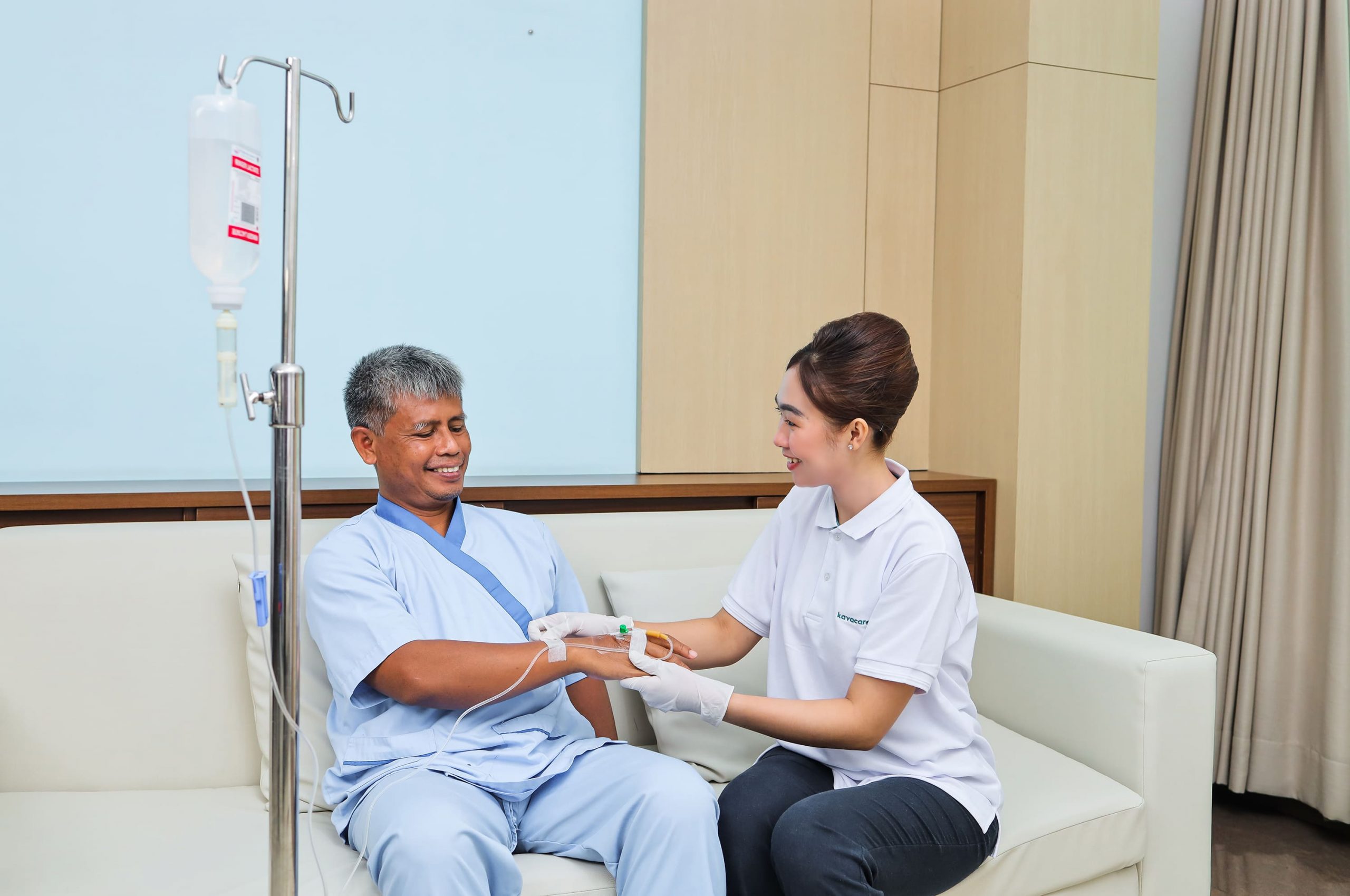Intravenous (IV) therapy is mostly used for short term treatment during hospitalization but also possible for home intravenous treatment. The patient uses the IV line for administration of drugs, for surgery, and also fluid therapy for dehydration. Placement of IV line needs a sterile needle, a tube, and an infusion bottle, and is performed by an experienced nurse or doctor to avoid infection and further complications.
Home intravenous treatment is available for patients who still needs IV therapy although is ready for hospital discharge. For example, patients needing long term intravenous antibiotics in cases of lung, brain, or bone infection. Other treatments are for patients needing slow intravenous nutrition feeding for 6-8 hours. The advantages of continuing home intravenous treatment are that the patient can feel more comfortable, the family can easily be more involved in taking care of the patient, all with a lesser cost compared to hospitalization.
However, the condition of a needle entering the blood stream surely brings the risk of infection. To prevent that, the IV line placement must be done very carefully using sterile-only equipment and performed by medical professionals. The infection at the needle entry point can spread throughout the circulation and cause dangerous systemic condition. Another important issue is that the line must be clear of air bubbles which can cause air embolism with a life-threatening complication.
Therefore, the family as the main caregiver must learn how to take care of the home intravenous treatment through a consultation with the medical team prior from hospital discharge. The family must also keep an open communication line for home observation especially concerning the IV line.
Here are some important points for the family and caregiver:
- Make sure to always wash hands thoroughly before and after handling the patient.
- Make sure the needle and tube are always secure at the IV site.
- Observe IV line flow after the patient moves or goes to the bathroom.
- Keep the surrounding IV line area clean and dry.
Some signs needing medical attention are:
- Swollen blood vessel
- Air bubbles in the IV line
- Redness and pain at IV entry location
Contact doctor or nurse immediately if there is:
- Redness, swelling, or pain at IV line location
- IV flow is slow, stopped, or blocked
- Bleeding or fever
Due to the high risk for infection, the home intravenous treatment needs a close surveillance by the medical team and the family. The nurse can come to the house to administer medications according to schedule. If the needle or IV line accidentally comes out, do not attempt to re-inserted it into the vein. Contact the medical team for assistance.
For doctor visit, doctor tele-consultations and home nursing services, please contact Kavacare Support.



